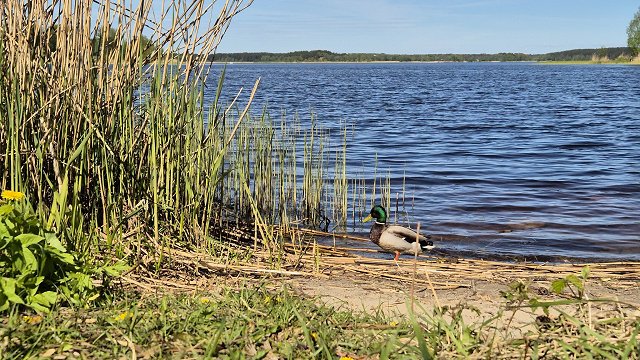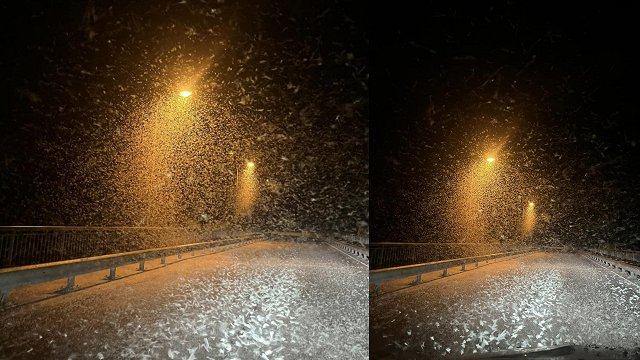Rūta Sniedze-Kretalova, LDF Urban Meadows Project expert, explained that urban meadows will be mowed early until the end of May, as various expansive species - grasses, dandelions - grow the fastest.
"If the summer rainfall is normal, in June, July [..] we will be delighted with the sown plants - snowdrops, foxgloves, wild carrots, meadow bindweed, bullweed and many many more species. If the early mowing had not been carried out, by Midsummer a "sea" of yellowing grasses would have covered the city's meadows, and the sown plants would have been stunted and weakened. So we urge the citizens of Riga not to worry about mowers appearing on the city's meadows any time soon - it's necessary!" she said.
Sniedze-Kretalova added that some of the first meadow plants are currently decorating Šarlotes Street, the Riga Zoo and several other city meadows.
Explaining the importance of urban grasslands, LDF pointed out that as natural grassland areas decline in general, the role of urban areas in conserving natural diversity increases - they become refuges for native wild plants. Urban grasslands also enrich neighborhood green spaces, attract pollinators, provide nature experiences for citizens, and provide various ecosystem services such as water purification, air improvement, temperature regulation, and rainwater capture and treatment.




























